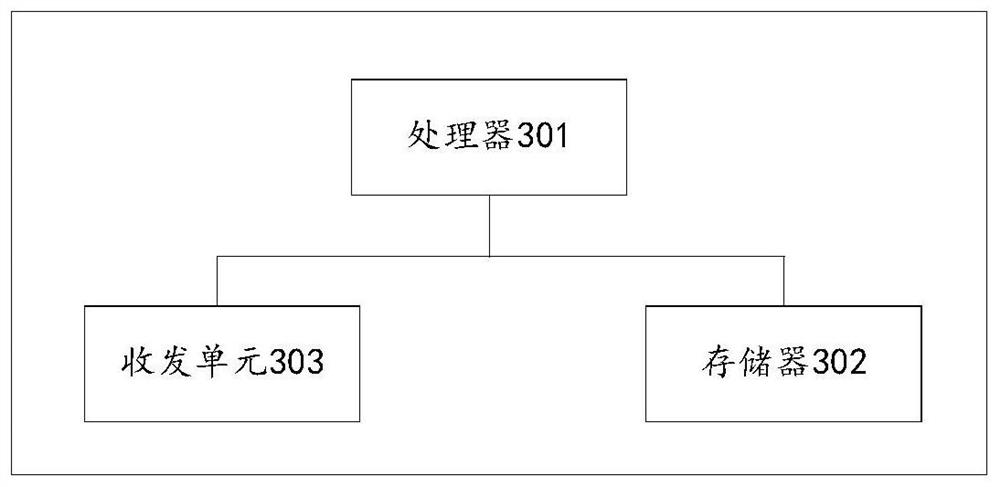Vehicle function prompting method and device, electronic equipment and vehicle
A function prompt and vehicle technology, applied in the field of vehicles, can solve problems such as low efficiency of function information and poor user experience
- Summary
- Abstract
- Description
- Claims
- Application Information
AI Technical Summary
Problems solved by technology
Method used
Image
Examples
Embodiment Construction
[0056] In order to make the purpose, technical solutions and advantages of the embodiments of the present application clearer, the technical solutions in the embodiments of the present application will be described below in conjunction with the accompanying drawings.
[0057] figure 1 It is a schematic diagram of the system architecture of a vehicle function reminder system provided in the embodiment of the present application. Such as figure 1 As shown, the vehicle function prompt system may include: a data monitoring module 11 , a scene analysis module 12 and an information association module 13 .
[0058] The data monitoring module 11 can monitor one or more of the vehicle's controller area network (controller area network, CAN) signal, and monitor the vehicle event of the user using the vehicle. Among them, the vehicle event may be events such as connecting the vehicle's Bluetooth, turning on the lights, and logging into the vehicle.
[0059] In one example, the data mo...
PUM
 Login to View More
Login to View More Abstract
Description
Claims
Application Information
 Login to View More
Login to View More - R&D
- Intellectual Property
- Life Sciences
- Materials
- Tech Scout
- Unparalleled Data Quality
- Higher Quality Content
- 60% Fewer Hallucinations
Browse by: Latest US Patents, China's latest patents, Technical Efficacy Thesaurus, Application Domain, Technology Topic, Popular Technical Reports.
© 2025 PatSnap. All rights reserved.Legal|Privacy policy|Modern Slavery Act Transparency Statement|Sitemap|About US| Contact US: help@patsnap.com



